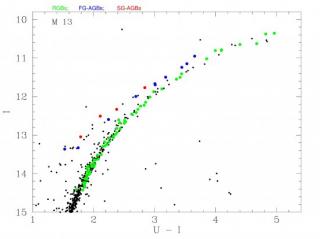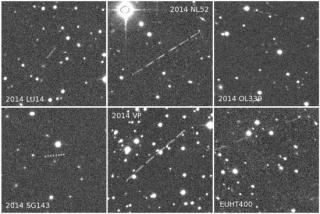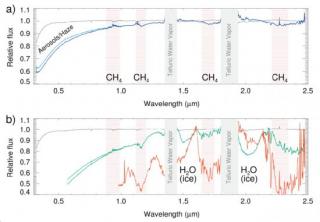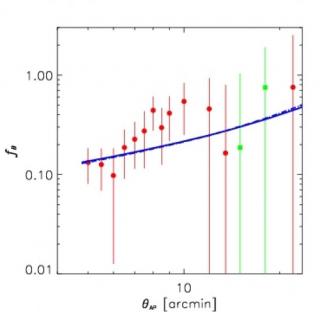
Galactic globular clusters (GCs) are known to host multiple stellar populations: a first generation (FG) with a chemical pattern typical of halo field stars and a second generation (SG) enriched in Na and Al and depleted in O and Mg. Both stellar generations are found at different evolutionary stages (e.g., the main-sequence turnoff, the subgiant branch, and the red giant branch (RGB)). The non-detection of SG asymptotic giant branch (AGB) stars in several metal-poor ([Fe/H] < ‑1) GCs suggests that not all SG stars ascend the AGB phase, and that failed AGB stars may be very common in metal
Advertised on




